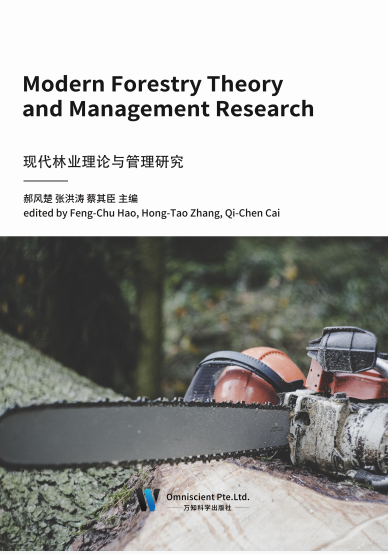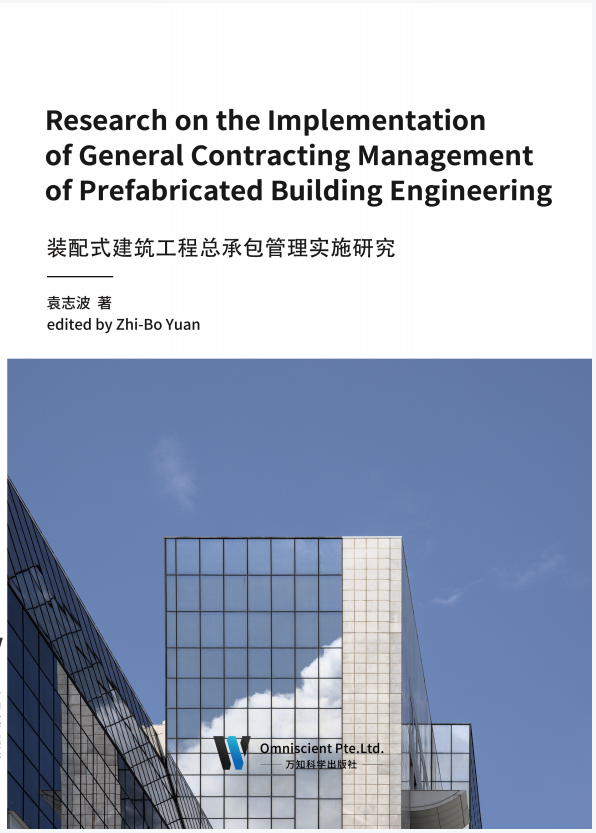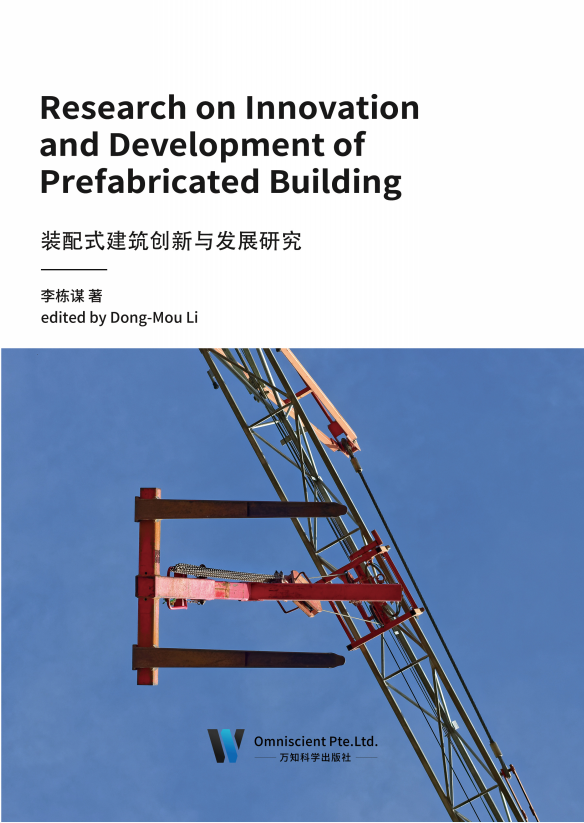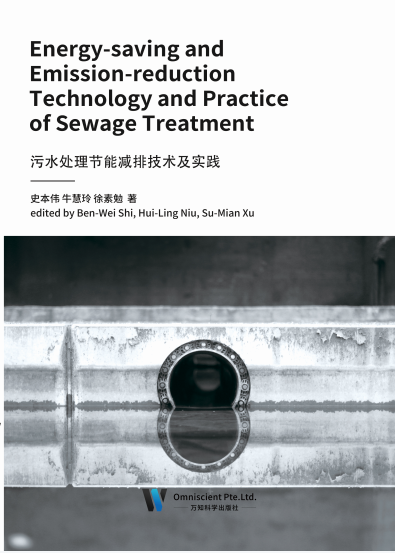
林业资源是我国自然资源的重要组成部分,林业经济发展对区域经济发展有重要 推动作用,对区域环境保护及环境可持续发展有重要意义。林业管理部门应该重视林 业资源整体规划,用科学方法进行林业资源管理,用合理方法促进林业资源可持续发 展,最终实现生态资源的可持续发展。
现代林业是利用现代技术装备及现代园艺生产及管理方法进行林业管理,以促 进林业管理可持续发展。现代林业管理可持续发展主要是在生态理念的指导下使林业 管理立足于可持续发展之上,在进行具体管理时利用现代科学方法实现高效管理的目 标,使林业经济在市场经济调节下为社会发展进行服务。现代林业管理的可持续发展 是林业经济及社会经济发展的要求,是林业发展过程中必经的阶段,是保护森林资 源,改善生态环境的重要途径,是国家强盛的必由之路。
近几十年来,我国林业经历以木材生产为主的阶段之后,又实现向以生态建设为 主的转变。如今,随着对森林认识的深化,又正在实践着将森林建设成完备的生态体 系、发达的林业产业体系和先进的森林文化体系的综合功能体。这就将我国的林业推 进到建设现代林业的新阶段。以现代林业理论为指导,必然会引起传统林业生产中各 个环节的深刻变化,这就要求林业管理人员和林业科技人员不仅要全面地掌握林业科 学的各种基础知识,还要清楚地了解林业理论和生产发展之间的各种联系,这样才能 更好地为现代林业服务。因此,本书专门对这些问题做出较为系统地梳理与阐述.

以装配式建筑的“五化”要求为基础,唯有推动工程总承包管理的发展,才能 完完全全地将装配式建筑工程建设形成全过程一体化的建筑产业链,全面发挥装配 式建筑的优势。 总承包管理不同于传统的管理,总承包管理能够将建筑的整个产业链有效结合, 合并上下游的分工,它是促进装配式建筑一体化的重要途径和方法。另外,总承包 模式可以将有效、先进的管理体系和技术体系完整地建立起来,消除总承包建筑产 业链中遇到的难题,能够解决建筑设计、生产和运输、装配和施工一体化等一系列 难题,有效地解决上下游技术和管理严重落后的问题。装配式建筑选择使用总承包 模式,不仅可以将工程建设的高度一体化问题和组织化问题一起解决,还可以大大 降低工程造价的成本,实现建筑资源利益的最大化,保证施工单位的整体效益最大 化,从而有效地解决工程建设的分布化管理问题。在装配式建筑施工过程中,施工 阶段较复杂,建筑组织人员众多,装配式建筑工程对建筑组装构件的要求繁多,其 工作精度也较高,因此很容易出现组织出现不协调的问题。 实行总承包管理,项目预期目标主要有建设投资单位来完成;工程总承包单位 将项目为总体目标,并将其作为工作的中心,并且主要以设计为主导方案,统筹规 划生产、运输、装配施工等问题,全面负责项目的质量问题、安全问题、工程进度、 成本方面等问题,将建筑项目的设计、采购、装配施工等项目工作内容落实;全面 管理总承包单位。此外,其他的项目承包商都应该以将“局部服从全局、阶段服从 全过程、子系统服从全系统”的原则为准,完善自己的系统管理目标,落实承包商 与施工过程的组织协调工作。

近十几年,中国的城市化进程有了突飞猛进的发展,城市园林绿化作为城市建 设的重要领域,也取得了长足的发展,城市园林绿地作为改善城市生态的重要手段 已初显成效。但我们也应该看到,目前的城市园林绿地在后期养护过程中,还存在 许多问题,使得应有的效果和作用没有充分展现;所以我们必须找出存在的问题, 并予以解决,使我们的城市绿地真正发挥其应有的作用,进一步改善和提升城市的 居住环境。 通过对目前城市绿地养护工作的走访、调研、梳理和分析,我们发现城市绿地 养护工作从源头上就存在标准、规范的欠缺和滞后,量化程度不够、地区发展不平 衡、费用标准缺失等问题。

装配式建筑在我国的发展还处于探索阶段。几年来的工程实践中还暴露出各种质量缺陷,其发展的必要性和可持续性已经显现出来,因此需要我们对其深入研究。部分工程对装配式建筑认识不够,为追求数据,采用现浇与装配式结合的方式,导致了交叉作业,大大增加了施工难度。同时,行业主管部门没能进行有效的监管,检查和检测手段也比较单一,无法精准地实现对关键节点和连接技术的监督和管理。
为了更好地适应现代化建筑行业的发展趋势,更好地满足社会及人们的需求,装配式建筑逐渐出现在人们的视野中,受到社会各界的广泛关注。为此,通过多年经验,本书以装配式建筑创新与发展为切入点,希望通过分析与研究,能够为有效做好装配式建筑提供帮助。

水是人类生存的物质资源,它以气、液、固三种聚集状态存在并遍布于地球上。 在现代发达的社会中,任何地区都需要足够且优质安全的水。随着技术进步、生活 方式的变化和人口增加,淡水需要量与废水排放量都在增加。由此引发了水污染的 问题。
水资源的有效处理是极其重要的,水污染问题严重地影响目前的自然环境,为 城市的污染问题带来困难。逐步加强我国自然环境保护水资源的管理意识,提高工 业水资源的有效污水处理过程。以正确的方式加强污水处理过程,提高污水排放的 水与自然水的和谐程度,从而实现人与自然的有效和谐相处,确保长期的可持续发 展过程.